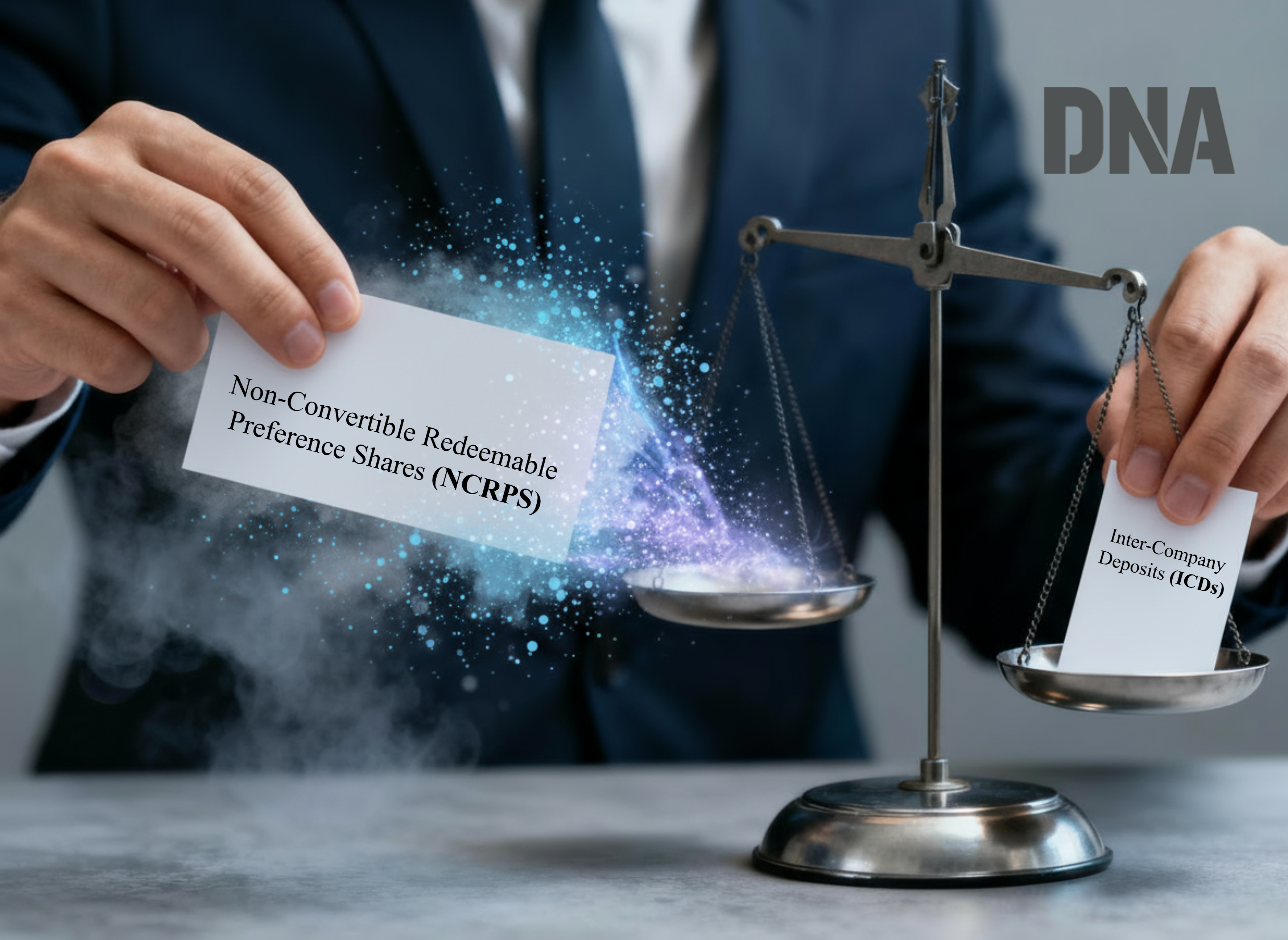This is true in every walk of life, especially so in the organizational context, where behaviors are a manifest of the conflicts between departmental measures and overall organizational measures.
The case of joint entity is even more muddled as there are two erstwhile organizations who are trying to function as one.
Clearly, a multitude of management methodologies have focused on measurements of individual and group performance in organizations. Key Result Areas (KRAs), Policy Deployment, and Hoshin Kanri, to name a few, embed a myriad list of measurements that endeavor to drive organizational behavior. Organizational objectives are partitioned into departmental objectives and measured. The widespread assumption is that these local measurements are additive in nature and that their achievement would necessarily facilitate the achievement of organizational goals. This premise is prevalent within the organisation context that the whole can be broken down into parts.
Senior executives of a loss making organization had “earned” an average of two promotions over a five-year period due to positive results in their respective departments. Why would the organization continue to make losses then? This real case highlights the fallacy in the above-mentioned premise. Such examples abound in the hallways of organizational history. Key thought leaders, such as Dr. Eli Goldratt, observed that Department-linked performance measurement systems, however seemingly sophisticated, fail to improve organization bottom-line.
Let us analyze this hypothesis in a simplistic but real case of a manufacturing organization. In most manufacturing organizations, departments have their independent context of measurements. The production unit would be measured on the basis of reducing cost per unit. What is the largest fixed cost in most manufacturing establishments?
Depreciation of equipment and machines is of course the largest fixed cost allocated across each unit of production!
To reduce cost per unit, conventional thinking advocates increasing production volume. How often have we heard from production people that an idle plant increases costs? Increased production, therefore, adds to mushrooming inventory, which is the concern of the sales department, not production. Measured on the basis of market share and sales volume, coupled with escalating inventory, sales department attempts to sell the inventory at progressively lower prices. While both production and sales successfully achieved their local optima, through this seemingly heady combination of cost, volume and efficiency, company profits were eroded and corporate objectives contradicted. This is a profound example of why local measures can contradict corporate measures. The Abbreviated Current Reality Tree (Figure 1) provides an overview of this vicious loop.
Figure 1: Abbreviated Current Reality
Going against the common practice, Theory of Constraints (TOC) contends that measuring local performance is actually detrimental for organizational success.
We believe that shareholder satisfaction, employee satisfaction, and customer satisfaction must co-exist for the organization to succeed over the long term. Customer satisfaction and employee satisfaction are more intangible to measure. It is obvious that making more and more money, i.e. shareholder satisfaction, now and in the future can be a measurable parameter of organization success.
If we agree to the above axiom, let us take a closer look at this aspect of increasing bottom line.
Profits are increased either by reducing costs or increasing revenues or both. Is there a limit to decreasing costs or increasing revenue?
Costs can be reduced to a limit – zero – at which point the organization ceases to function. Revenues, though, can be increased in principle to infinity. There is a clear necessary condition though to make this happen. A distinctive and sustainable competitive edge has to be developed and enhanced. This would break the market constraint continually, enabling the organization to garner increased market share. Visibly, though, sustainability of the competitive edge will be contingent on a significant paradigm shift that deters competitors from following.
Theory of Constraints (TOC) advocates Throughput (T) as the prime measure for an organization instead of contradictory local measurements.
Throughput is defined as the rate at which for-profit organizations generate money. Throughput is simply calculated as the sales revenue less the truly variable costs (fixed costs do not change over the short term).
With a common and effective measure like Throughput distributed across the organization, production would not benefit from burgeoning inventory, while sales would reconsider reducing prices. All departments would rather focus on improving the flow for the organization to achieve increasing throughput.
How does this model affect departments other than production and sales? Well, support departments have an equally valuable role in this context as well. Purchase would consider the impact of delays vis-à-vis cost effect on throughput. HR would consider the effect of timely hiring on throughput. While finance would discontinue the (mal) practice of allocating fixed costs, it would also measure each investment proposal based on projected throughput and return on investment thereof (T-OE/I).
Figure 2: Abbreviated Current Reality
Changing measurements holds the potential of transforming behavior in organizations. We can cite numerous examples where senior executives altered course due to a new set of measurements. TOC provides the vehicle to break down silos and align the senior leadership team towards the holistic goal of making more and more money for the organization. TOC can facilitate identifying a common and effective measurement criterion and disseminate it across the departments, as a step towards creating differentiation in the marketplace and developing a sustainable competitive edge. The Abbreviated Future Reality Tree (Figure 2) demonstrates this in a simplified manner.
A Real Life Case:
A Pump manufacturing company acquired a foundry as they were procuring a large amount of castings from the market. The acquired company was made a division with a divisional head who had a P&L responsibility at the Foundry level. The mode of operation of seeking estimation and pricing did not undergo any major change even after merger. The castings were given to pump division at a transfer price which constituted raw material, conversion cost and a small profit margin. The pump division added its own profit margin while quoting to the market. Even after a few months of joint working, the envisioned synergy did not fructify and there was no increase in the competitive edge in terms of pricing, lead-time or reliability of supply of pumps to end customers. I am sure there are many such heartbreaks wherein the synergy which is the key reason for merger or acquisition does become a reality as the measurements of the key stakeholders are not modified, which results in no change in behavior and hence no improved results.
- Foundry division focusing on timely availability of quality castings,
- Pump Assembly division focusing of ON-TIME-IN-FULL (OTIF) supply of customer orders.
- Marketing division leveraging improved operational parameters of lower lead-time and reliability to get better premium for the company offerings.
- The quote was made based on mark-up on the raw material that went into the pumps rather than fully absorbed cost of the components with profit margin for divisions.
- Sales of the combined entity went up
- Inventories and receivables reduced significantly
- The costs related to wasteful expediting and reworks reduced drastically.
This article is written by Mr. Deepak Nagar. He is a Principal Consultant with Avenir Management Consulting India Firm.




